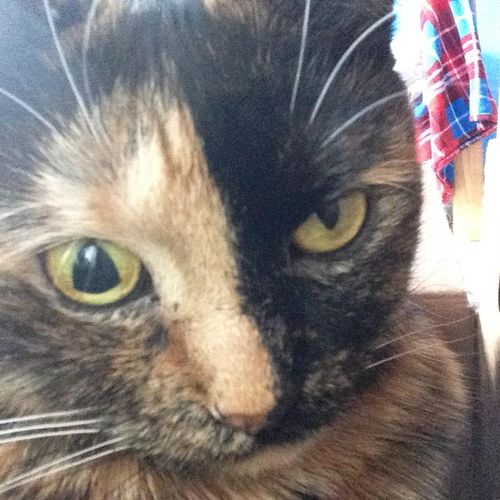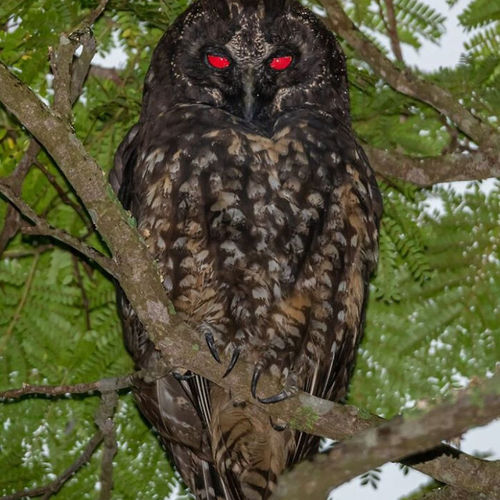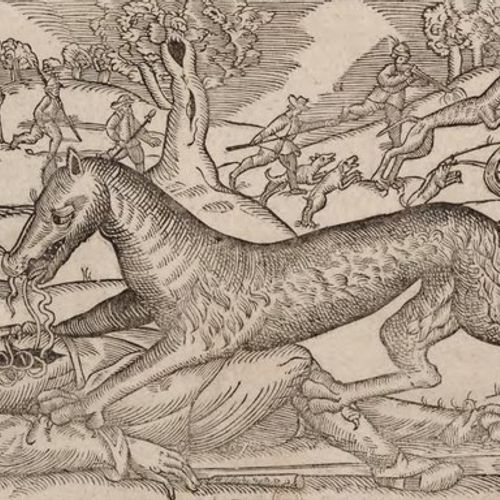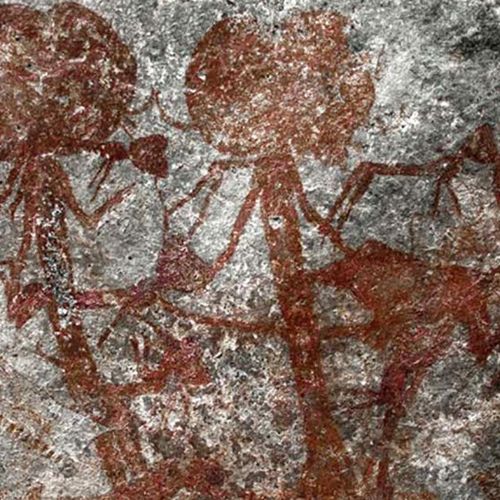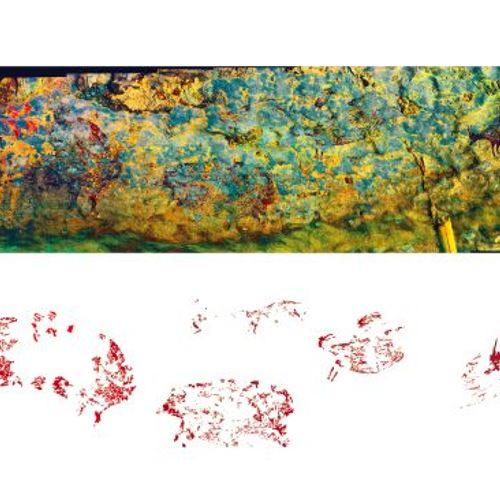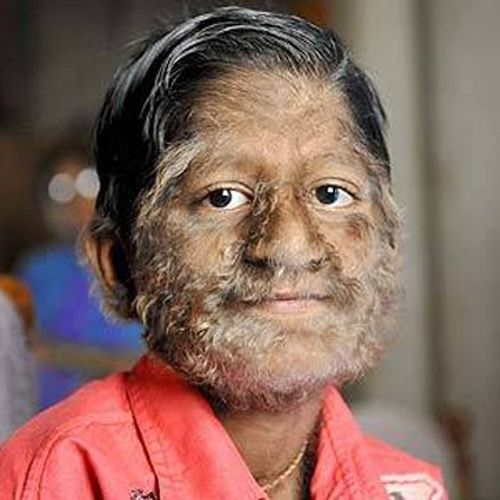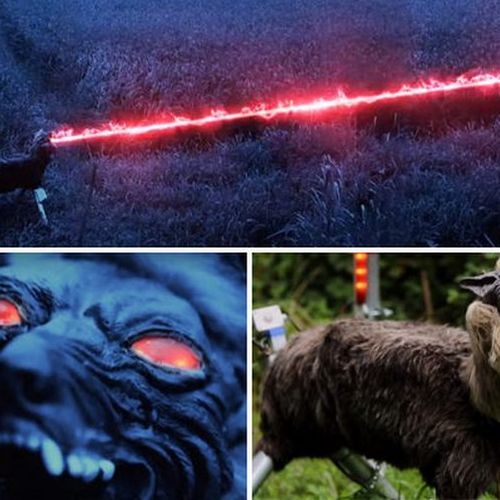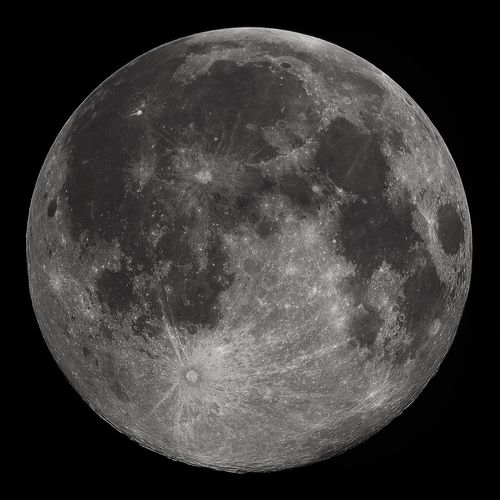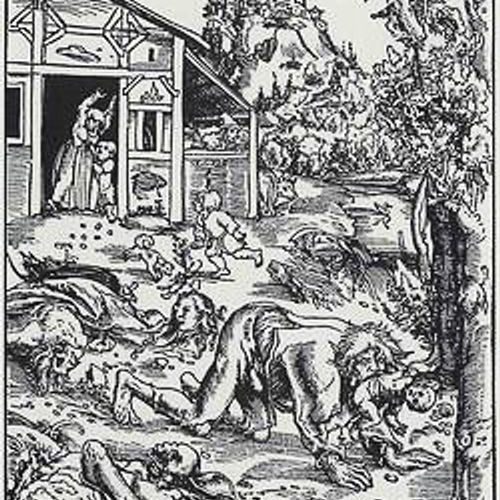
| Added | Wed, 05/10/2016 |
| Hierarchy | |
| Область распространения | All over the world |
| Характерные признаки |
→
→
→
→
→
→
|
| Sources | Слово о полку Игореве, реконстр. древнерус. текста и перевод Д. С. Лихачева — Л.: Сов. писатель, 1990. — 400 с.
Шехтер Хэролд, Эверит Дэвид, Энциклопедия серийных убийц, М., 1998г.
Брэм Стокер, «Дракула», изд. «Терра», 1996 г.
|
Since ancient times, there were myths and legends about people who can transform themselves or transform others into different animals (sometimes objects).
Belief in werewolves play a prominent role in folk tales and distributed around the globe. In different countries the most common animals to transform was the beasts of prey, for example:
- The werewolf or volkodlak — lycanthrope in Slavic mythology.
- A kitsune is a shape-shifting Fox in Japanese mythology.
- Tanuki — raccoon dog.
- Anita — people-leopards.
- The rougarou is a man with a wolf's head, or "hybrid" dog, a pig, a cow or even a chicken (usually white).
- Selkies — people-seals in the Celtic mythology.
All of these stories and peoples of all races are very similar.
The transformation of man into animal is a very common theme in the mythologies of different peoples of the world, which is known since ancient times. People are usually "transformed" into an animal, the most dangerous in the area.
For example, many of the discovered drawings "stone age" represent the image of hybrids of animals and humans. Have depicted creatures encountered bestial features bison, deer, horses, cats, bats, kangaroos, the appearance of birds, lizards, fish. The oldest statue of this creature – man with a cat's head was found in Germany and dates back to 32 thousand years ago.
One of the earliest sources mentioning about werewolves, are considered to be Greek myths. They say about Lycaon, the king, who offered Zeus a dish of human flesh; the angry thunder turned Lycaon into a wolf.
And in the ethnic culture of the North American Indians appeal to the animal-totem tribe is an indicator of a higher fusion with the spirit of an ancestor. In Scandinavia it was believed that the Berserkers are able to spread in the bears and wolves.
Among the Slavic traditions, in addition to folklore, it is possible to remember "the Word about Igor's regiment", which describes the seizure of Novgorod by Vseslav of Polotsk and the battle on the Nemiga. Vseslav it presents a witch and a werewolf.
The myth about werewolves had spread almost all Nations and embraced as the wild animals which are feared in a particular locality, and home, which was close to the person. He became the most famous since the beginning of the middle ages and until the 16th century, its prevalence began to fade.
Now a rare mention sometimes found in modern urban legends and the true stories, but in the last 60 years, this myth is associated mainly with the activities of sorcerers and shamans.
We should also consider werewolves in modern culture. Here werewolves are one of the most popular types of supernatural creatures. Sometimes works with their participation even belong to a particular sub-genre of science fiction. Historical roots of contemporary fiction about werewolves are considered Gothic literature of the eighteenth century, and American budget the journals of the early XX century. The first film in which appears anthropomorphic werewolf — "werewolf of London" 1935.
At the moment on the subject of werewolves written many books (for example, "the Sacred book of the werewolf", "Watch"), this image has been used in numerous computer games (like "Nightlife" and "Werewolf: The Apocalypse") and movies (e.g., "Twilight" and "the Brothers Grimm"). The werewolves are both positive and negative characters.
Often in modern fiction the plot is based around the fact that vampires and werewolves are mortal enemies and fight each other (thus, one of the variants of a deadly weapon for a vampire is a werewolf bite). Perhaps this story went from the submissions that vampires can't be positive characters, and werewolves can (although in modern culture it also works in reverse, for example in the movie "Another world"). To find the original source of the story about the war of werewolves and vampires have not yet succeeded.
However themselves vampires has long been considered a werewolf (turning into bats, mist, etc.), similar, for example, is mentioned in the classic novel about vampires, Bram Stoker's "Count Dracula". Thus, the vampirism and lycanthropy – the signs inherent in supernatural beings, and are not mutually exclusive.
Despite the vast scope of stories about werewolves, in geographical and cultural terms, they have a number of common characteristics.
In the view of people werewolves are divided into two types:
- Voluntary transformation (witches, shamans, etc.)
- Charmed (people who began circulating after some action on the part of the sorcerer, shaman, or by infection)
There are a number of actions attributed to the shifters (such as werewolves):
- induces hunger;
- sucking blood from people and dogs;
- takes an image of a beautiful guy and forces a young widow to join him in the mating connection;
- kills the victim, tearing them to pieces.
External signs are also observed in common:
- the body is covered with hair and fully or partially resembles the body of the animal;
- moves on four legs and behaves like an animal;
- it is considered that werewolves can possess many extraordinary abilities (beyond the capabilities of not only human but also animal): supernatural strength, agility and speed, long life, night vision etc.
People's imagination with bright colors draws the image of the werewolf: yellowish, pitted with deep wrinkles face, disheveled, hair standing on end; red, bloodshot eyes; covered in blood to the elbows; the iron teeth – the jet-black; a bluish mustache and saggy skin on the body – here the appearance of the werewolf.
Also in some cultures it was believed that the werewolf retains the human mind and essence, changing only the appearance.
The transformation into a werewolf was accompanied by various rituals: jumping through a Hoop or belt, making certain tinctures, smearing special cream or heap a special, enchanted skins.
Initially it was thought that to kill a werewolf can be, dealing him a mortal wound, for example, hitting in the heart or beheaded. The wounds of a werewolf in animal form, and remain on his human body. This way you can expose the werewolf in the living individual: if the wound caused to the beast, later will appear – this person is the werewolf.
In the modern tradition to kill werewolf it is possible, as many other evil, with a silver bullet or silver weapon. While traditional antivampire means in the form of garlic, Holy water, aspen stake and against werewolves is not effective. But in the early twentieth century appeared the idea of the connection of werewolves with plants, the fighter (another name for Aconite, "wolfsbane root", "volkovoy", "dog's death"). Historically, hunters used the extract of this poisonous plants for lubrication of arrowheads and spears when hunting predators (including wolves), and later the damning properties moved and werewolves. Although sometimes (for example, in the movie "the wolf Man" 1941) an affair with a werewolf can be traced only as an indication of the time of transformation: a werewolf turns from a human into a wolf only at certain times of the year when blooms herb Aconite.
After the death of the beast in the last times turns into a man.
The phenomenon of transformations known for a long time. He found echoes in the legends that tell of the brave soldiers who fought without fear and with unprecedented force. Terrified the villagers, who feared to be the victim of a witch or a werewolf. And even now sometimes POPs up in the tales of giant dogs, talking animals, etc. But these stories and legends now undergo a change in definitions – what used to be called the antics of the werewolf, now can call, for example, "the creature".
The man left the animal fear of the unknown, so most of the stories about werewolves find eternal life in the pages of books or on the screen.
Translated by «Yandex.Translator»
Phenomenon in mass culture
Phenomena
Related versions
Related facts
Related news
Related articles
Log in or register to post comments


